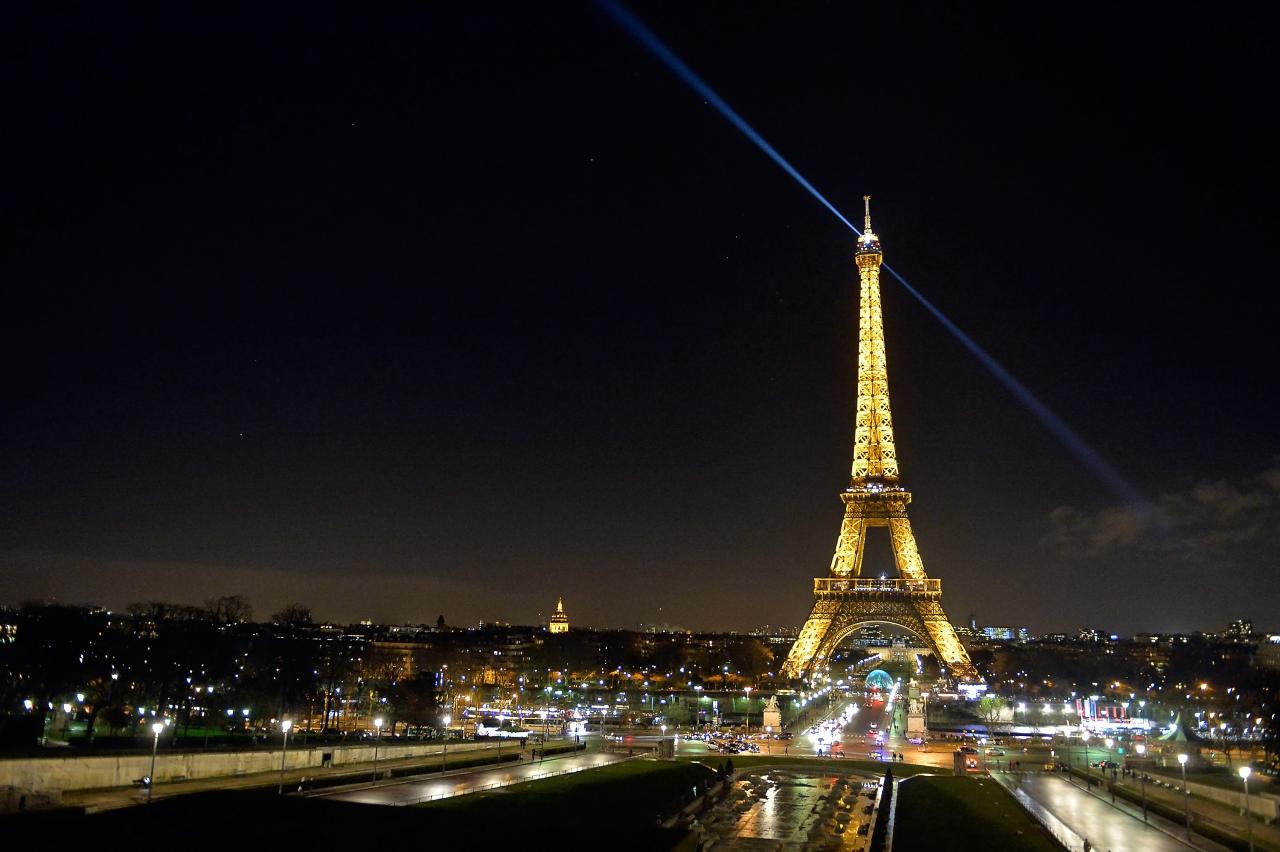Mystery Drone Paris: The recent spate of unexplained drone sightings over Paris has captivated the city, sparking a whirlwind of speculation, investigation, and public intrigue. This narrative delves into the details of these mysterious aerial visitors, exploring potential explanations, technological aspects, and the official response. We’ll examine everything from the initial reports and their inconsistencies to the potential security threats and public reactions.
Get ready for a deep dive into this captivating mystery.
From the initial reports detailing the drones’ erratic flight patterns and ambiguous appearances, to the official responses from Parisian authorities and the ensuing media frenzy, this event presents a fascinating case study in urban airspace security and the power of collective curiosity. We’ll explore various scenarios, analyzing potential benign and malicious purposes, examining the technological capabilities of different drone types, and assessing the effectiveness of current security measures.
Recent Sightings and Reports
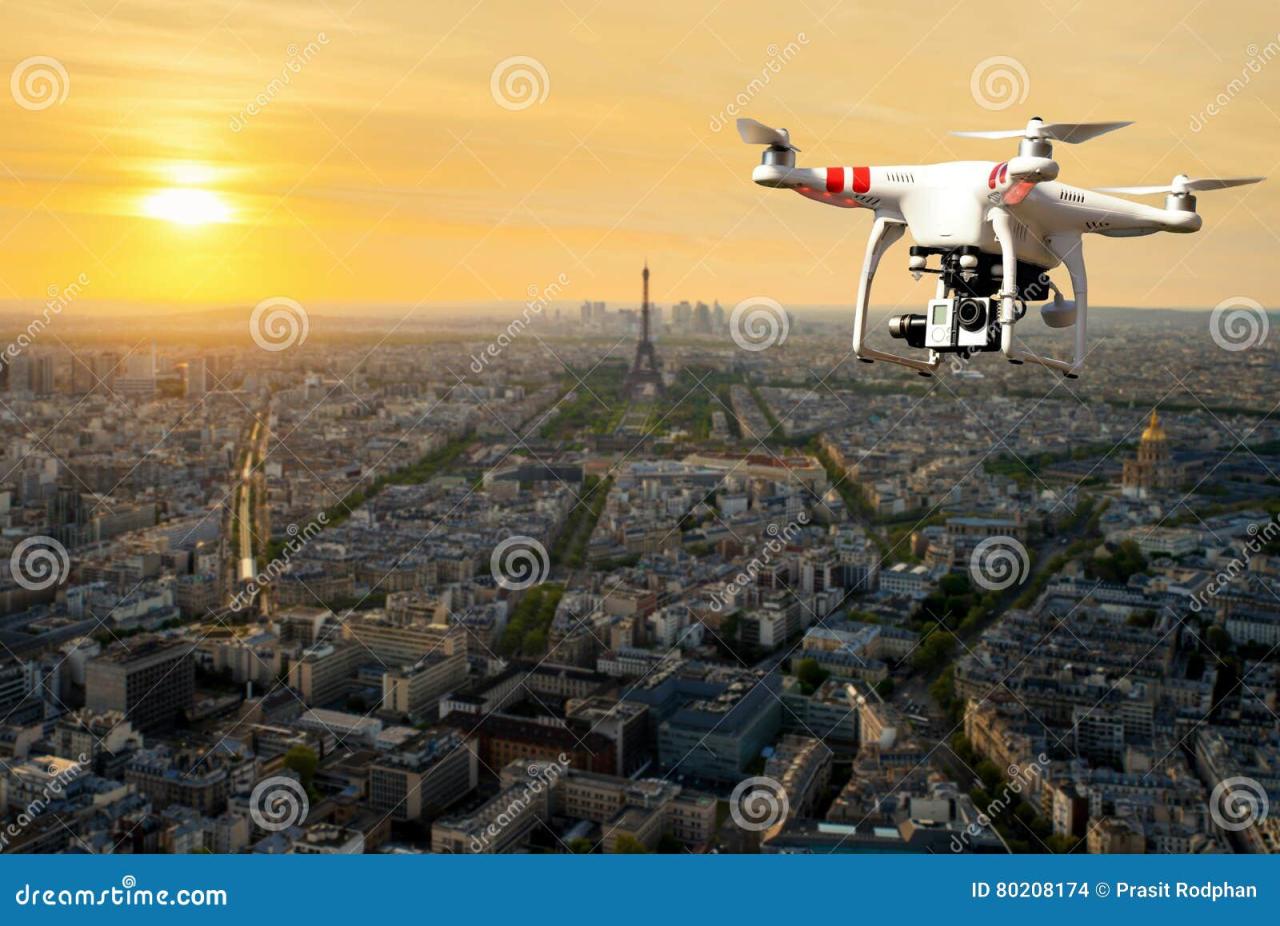
Paris has experienced a recent surge in unexplained drone activity, prompting investigations and raising concerns among residents and authorities. These sightings, while sporadic, have generated a significant amount of public interest and speculation. This section details the reported sightings, aiming to provide a clear and concise overview of the available information.
Drone Sighting Locations and Times
The following table summarizes reported drone sightings in Paris. Note that the accuracy of some reports may be limited due to varying witness accounts and the challenges of identifying drones at a distance. Times are approximate and may vary slightly depending on the source.
| Date | Time | Location | Description of Drone |
|---|---|---|---|
| October 26, 2023 | 22:45 | Near the Eiffel Tower | Small, black quadcopter; observed hovering silently for approximately five minutes before disappearing rapidly. |
| October 27, 2023 | 01:15 | Above the Louvre Museum | Larger drone, possibly a hexacopter, described as having bright LED lights. Flight pattern was erratic. |
| October 28, 2023 | 17:30 | Parc des Buttes-Chaumont | Small, white drone; reportedly flew at low altitude, seemingly taking photographs. Witness reported a faint whirring sound. |
| October 29, 2023 | 09:00 | Near Notre Dame Cathedral | Drone description unclear; witness only reported a dark object moving quickly across the sky. |
Timeline of Sightings and Pattern Analysis
The sightings appear to be clustered around significant landmarks in Paris, suggesting a possible pattern. However, the times of the sightings are inconsistent, ranging from early morning to late evening. Further investigation is needed to determine if there is a deliberate pattern or if the sightings are simply random occurrences. The lack of consistent descriptions also complicates analysis.
For instance, the size and color of the drones varied considerably across reports.
Drone Descriptions and Comparisons
Reports describe drones of varying sizes, shapes, and colors. Some witnesses described small, quiet quadcopters, while others reported larger drones with noticeable LED lights and more erratic flight patterns. The discrepancies in descriptions highlight the difficulties in accurately observing and identifying drones, especially at night or from a distance. This lack of uniformity makes it difficult to definitively link all sightings to the same source or operation.
Speculation on Drone Purpose
The mysterious drone activity over Paris presents a puzzle with both benign and malicious possibilities. Understanding the potential purposes requires considering the drone’s capabilities, flight patterns, and the context of its operations. Several scenarios, both innocuous and concerning, can be explored to shed light on this ongoing mystery.
Benign Drone Use Scenario: Advanced Infrastructure Inspection
Imagine a scenario where the drones are part of a highly advanced, automated infrastructure inspection program. These drones, equipped with high-resolution cameras, thermal imaging, and sophisticated sensors, could be autonomously surveying Paris’s extensive network of bridges, power lines, and other critical infrastructure. This program might be designed to detect early signs of wear and tear, potential structural weaknesses, or even subtle shifts in the ground that could indicate seismic activity.
The stealthy nature of the operation could be due to a desire to avoid disrupting the public or drawing attention to potentially sensitive infrastructure vulnerabilities. The implications are positive: improved infrastructure maintenance, proactive risk mitigation, and ultimately, increased safety and security for Parisians. This is similar to how drones are already used for bridge inspections in other major cities, but on a far larger and more technologically advanced scale.
Malicious Drone Use Scenario: Coordinated Surveillance and Data Collection
Conversely, the drones could be involved in a sophisticated surveillance operation. Equipped with high-resolution cameras and potentially facial recognition technology, these drones could be systematically collecting data on individuals and groups throughout Paris. This data could be used for targeted surveillance, political espionage, or even criminal activities. The drones’ autonomous nature and ability to operate undetected would allow for wide-ranging and persistent monitoring.
The implications are deeply concerning: a significant erosion of privacy, potential for misuse of collected data, and a chilling effect on freedom of assembly and expression. This scenario echoes concerns raised about similar technologies used in authoritarian regimes, where mass surveillance is commonplace. A real-world example would be the use of drones in conjunction with other surveillance technologies to monitor protests or large public gatherings.
Technological Analysis of Potential Drones
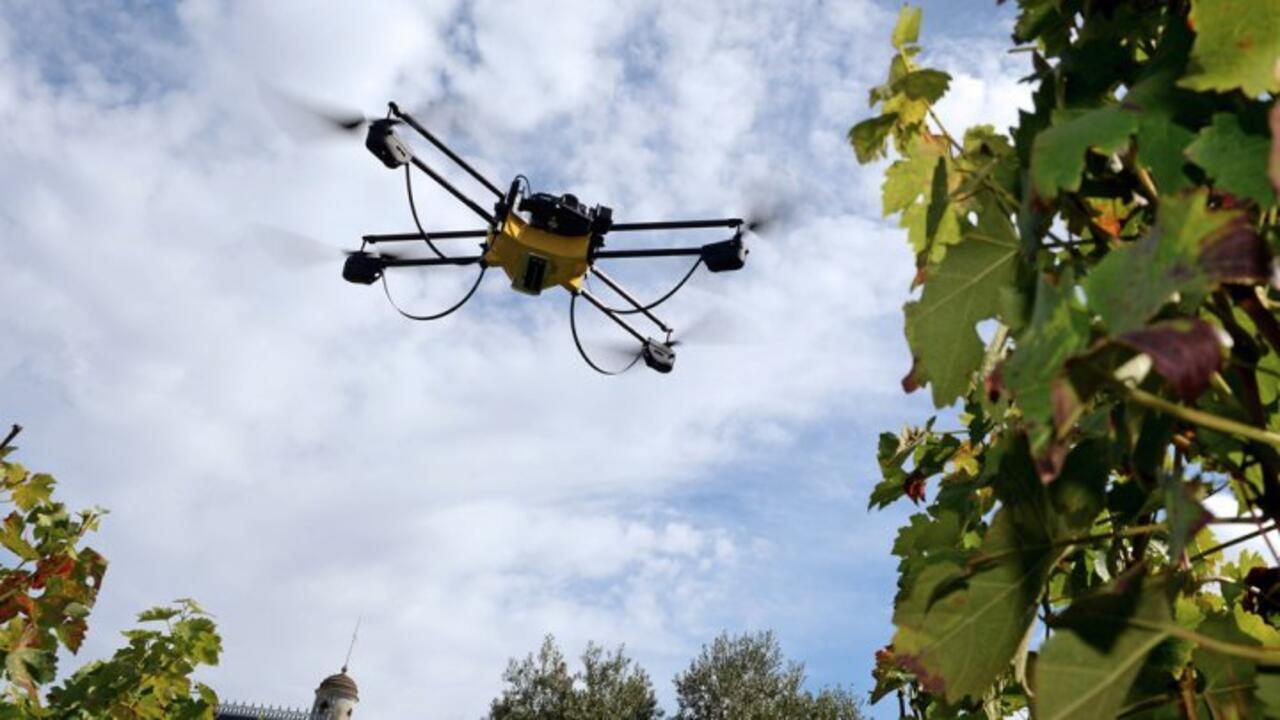
The mysterious Parisian drones have sparked considerable debate regarding their capabilities and origins. Analyzing the reported sightings, focusing on size, speed, and maneuverability, allows us to speculate on the types of drones potentially involved. Three plausible candidates, each with unique characteristics, are presented below.
Potential Drone Types
The reported characteristics of the Parisian drones—their stealth, apparent range, and potential payload capacity—suggest several possibilities. Considering size estimations and observed flight patterns, we can narrow down the likely candidates to three distinct drone types: large-scale fixed-wing UAVs, advanced multirotor drones, and hybrid VTOL (Vertical Take-Off and Landing) aircraft. Each possesses unique strengths and limitations.
- Large-Scale Fixed-Wing UAVs: These drones are characterized by their long endurance and range, achieved through efficient aerodynamic designs. They are typically larger and heavier than multirotor drones, capable of carrying substantial payloads. However, their size makes them less maneuverable, requiring runways or catapults for launch and often lacking the ability for vertical takeoff and landing. Examples include the MQ-9 Reaper or the General Atomics Avenger.
- Advanced Multirotor Drones: Multirotor drones, especially those with eight or more rotors (octocopters or larger), offer excellent maneuverability and vertical takeoff and landing capabilities. While generally having shorter flight times and ranges compared to fixed-wing UAVs, advancements in battery technology and motor design have significantly increased their operational capabilities. Their compact size can aid in stealth, but their payload capacity is comparatively limited.
Commercial examples include large-scale industrial inspection drones.
- Hybrid VTOL Aircraft: These drones combine the advantages of both fixed-wing and multirotor designs. They utilize rotors for vertical takeoff and landing, transitioning to fixed-wing flight for longer range and speed once airborne. This configuration allows for both stealth and extended operational time. Examples include some military experimental drones and emerging commercial models designed for package delivery over long distances.
Flight Characteristics Comparison
The flight characteristics of these drone types significantly differ. Large-scale fixed-wing UAVs generally boast the highest range and speed, potentially covering hundreds of kilometers in a single flight. However, their maneuverability is restricted, particularly at low altitudes. Advanced multirotor drones offer superior maneuverability and vertical flight capabilities, but their range and speed are significantly lower. Hybrid VTOL aircraft aim to bridge this gap, offering a balance between range, speed, and maneuverability.
The specific performance parameters would depend on the drone’s size, design, and payload. For example, a large fixed-wing UAV might achieve a speed of 200 km/h and a range of 500 km, while a high-end multirotor might only reach 70 km/h and a range of 30 km. A hybrid VTOL might offer a speed of 150 km/h and a range of 200 km.
These are estimates, and the actual performance varies considerably.
Potential Payloads and Implications
The potential payloads carried by these drones are crucial to understanding their purpose. Large-scale fixed-wing UAVs could carry substantial payloads, including surveillance equipment (high-resolution cameras, infrared sensors), communication systems, or even small packages. Advanced multirotor drones, while limited in payload capacity, could carry smaller sensors or devices. Hybrid VTOL aircraft offer a middle ground, capable of carrying moderately sized payloads over considerable distances.
So, those mystery drones buzzing around Paris? It makes you think about the potential for things to go wrong, right? Remember that orlando drone show accident ? It highlighted how quickly a seemingly harmless drone display can turn into a safety hazard. That incident underscores the importance of proper regulations and safety protocols for all drone operations, especially those mysterious ones over Paris.
The implications depend heavily on the payload. Surveillance equipment might suggest espionage or monitoring activities, while communication systems could indicate network infrastructure testing or even covert communication relays. Small packages could suggest delivery operations or even more clandestine activities. The nature of the observed drone flights in Paris, combined with the potential payload, is what requires further investigation.
Security and Law Enforcement Response: Mystery Drone Paris
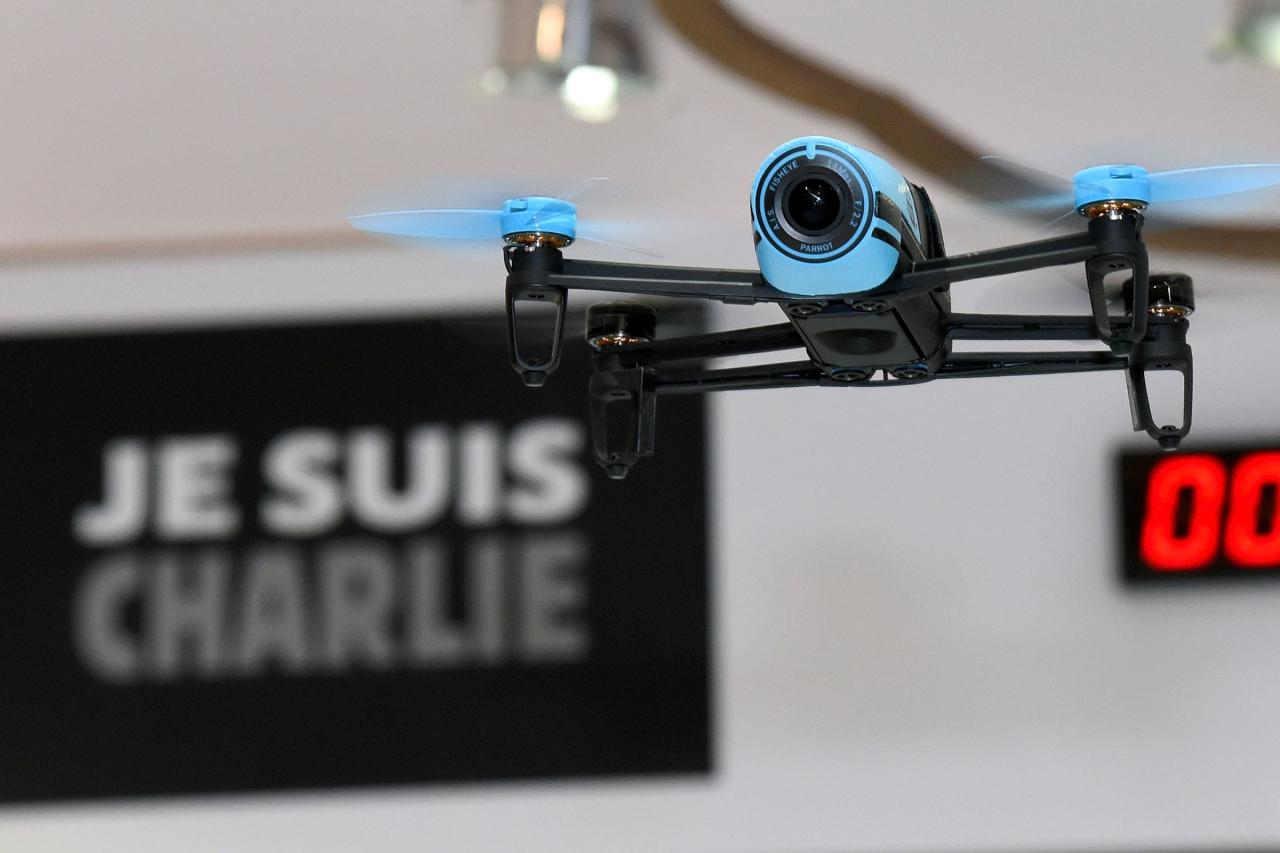
The emergence of unidentified drones in Parisian airspace triggered a swift, albeit complex, response from French authorities. Initial reactions focused on identifying the drones’ origins and purposes, while simultaneously ensuring public safety and mitigating potential risks. The challenges involved highlighted existing gaps in urban airspace security and the need for more sophisticated counter-drone technologies.The Parisian police prefecture, in coordination with national security agencies, implemented several immediate measures.
These included deploying ground-based surveillance teams, increasing police patrols in affected areas, and establishing communication channels with relevant stakeholders such as airports and air traffic control. However, identifying and tracking the drones proved difficult due to their small size, maneuverability, and the ability to operate at low altitudes, often blending seamlessly with the city’s landscape. The lack of clear visual identification markers on the drones further hampered efforts to trace their origin or operator.
Challenges Faced by Law Enforcement
Tracking and identifying the drones presented numerous challenges for law enforcement. The drones’ small size and agility made visual detection difficult, especially in a densely populated urban environment like Paris. Furthermore, the drones’ ability to fly at low altitudes and utilize various flight paths made traditional radar systems less effective. Identifying the operators was also extremely difficult, as the drones could be remotely piloted from considerable distances, potentially outside of French jurisdiction.
So, you’re curious about that mystery drone spotted over Paris? It’s got everyone talking, and while we don’t have all the answers yet, thinking about similar incidents helps. For example, check out this report on a paris drone crash which, while different, highlights the potential risks and complexities involved with drones in urban airspace. Understanding past incidents like this might shed some light on the mystery drone situation.
Existing legal frameworks and technological capabilities to respond to such sophisticated drone incursions were inadequate, requiring a re-evaluation of security protocols and technological investments. The absence of a centralized, comprehensive drone detection and response system exacerbated the challenges faced by authorities.
Hypothetical Plan for Improved Security Measures
A comprehensive plan to improve security against unauthorized drone activity in Paris requires a multi-faceted approach. This plan would involve a combination of technological upgrades, regulatory changes, and improved coordination among various agencies.
| Security Measure | Implementation Cost (Estimated) | Effectiveness | Potential Drawbacks |
|---|---|---|---|
| Deployment of a city-wide drone detection system using radar, optical sensors, and AI-powered analytics. | €50-100 million | High: Provides real-time detection and tracking of drones, allowing for rapid response. | High initial investment cost; potential for false positives; vulnerability to sophisticated drone jamming techniques. |
| Implementation of drone identification and registration systems, requiring all drone operators to register their devices and adhere to strict flight regulations. | €10-20 million (including administrative costs and public awareness campaigns) | Moderate: Reduces the number of unregistered drones, making it easier to identify unauthorized activity. | Potential for operator non-compliance; requires effective enforcement mechanisms; may stifle legitimate drone usage. |
| Training and equipping law enforcement personnel with specialized counter-drone technologies, such as drone jammers and net-guns. | €5-10 million (including training and equipment costs) | Moderate: Allows for targeted intervention against unauthorized drones. | Potential for collateral damage; limited effectiveness against highly sophisticated drones; legal and ethical considerations surrounding jamming technology. |
| Increased public awareness campaigns to educate citizens about the risks associated with unauthorized drone activity and the importance of reporting suspicious activity. | €1-2 million (including public relations and media campaigns) | Moderate: Encourages citizen cooperation in identifying and reporting unauthorized drones. | Reliance on public cooperation; effectiveness depends on public awareness and participation. |
Public Reaction and Media Coverage
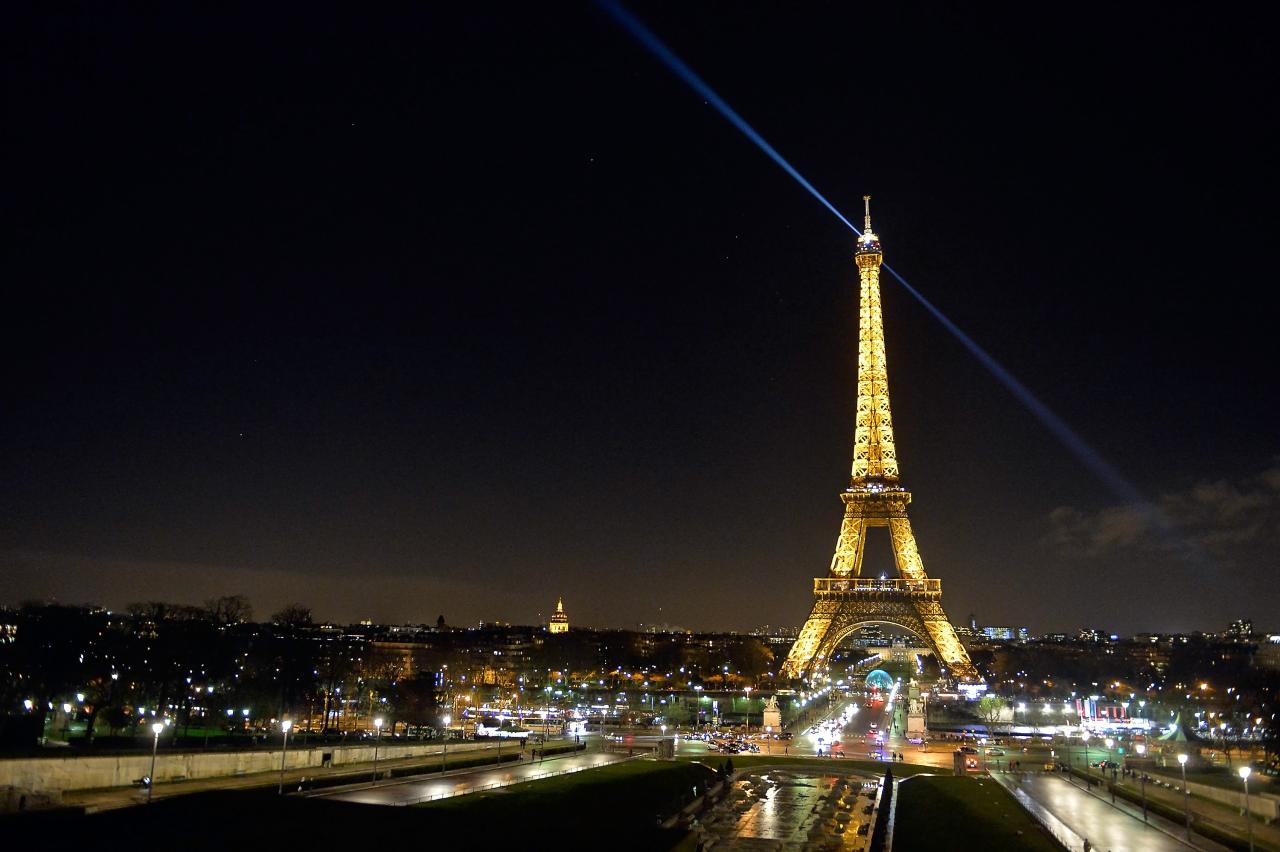
The appearance of the mystery drones over Paris sparked a wide range of reactions, from fascination and speculation to fear and concern. Social media platforms became immediate hubs for discussion, while traditional news outlets scrambled to provide updates and analysis. The overall impact on public perception was significant, highlighting the power of both social and traditional media in shaping public opinion during events shrouded in mystery.The public response was a fascinating blend of excitement and apprehension.
Initial reactions on platforms like Twitter and Facebook were often laced with humor, with users creating memes and jokes about the mysterious aerial visitors. Many shared videos and photos, contributing to a rapid spread of information – and misinformation. However, as the drones continued their flights and explanations remained elusive, a sense of unease began to grow. News reports featuring expert commentary, often emphasizing the potential security implications, fueled this anxiety.
Some Parisians expressed worry about the drones’ purpose, speculating about espionage, terrorism, or even a large-scale publicity stunt. Online forums saw lengthy discussions debating the plausibility of various theories, ranging from the mundane to the highly fantastical.
Social Media Reactions, Mystery drone paris
Social media provided a real-time window into public sentiment. Early posts were often playful, with users sharing blurry photos and videos accompanied by witty captions. However, as the days progressed and the drones remained unidentified, the tone shifted. A growing number of posts expressed concern about potential surveillance, the lack of official information, and the general feeling of helplessness in the face of the unknown.
The hashtag #ParisDrones became a focal point for discussions, attracting a mix of speculation, humor, and growing anxiety. Many users questioned the authorities’ response, demanding transparency and information about the drones’ origin and purpose. Some even suggested the drones were a hoax, citing the lack of conclusive evidence. The rapid dissemination of information, both accurate and inaccurate, through social media played a significant role in shaping public perception.
Media Coverage and Narratives
News outlets initially presented the story with a mix of curiosity and cautiousness. Early reports focused on the visual spectacle of the drones, accompanied by images and videos. As the situation continued, however, the narrative shifted. Many news organizations highlighted the security concerns, emphasizing the potential for malicious use of the technology. The lack of official explanation fueled speculation, with reports exploring various theories, from a sophisticated art installation to a potential security breach.
Some outlets focused on the technological aspects of the drones, interviewing experts to discuss their capabilities and potential origins. The dominant narratives emphasized the mystery surrounding the drones, highlighting the lack of clarity and the ensuing public anxiety. This constant media attention contributed significantly to the heightened public awareness and the spread of both factual and speculative information.
Impact on Public Perception and Anxiety
The combination of the mysterious nature of the event and the extensive media coverage significantly impacted public perception and anxiety levels. The initial fascination gave way to concern as the drones continued their flights, with the lack of official explanation fueling speculation and fear. The media’s focus on security concerns heightened public anxiety, particularly among those already sensitive to issues of surveillance and terrorism.
That whole mystery drone thing in Paris has everyone buzzing, right? It makes you wonder about the safety of all these drones flying around. Check out this article about drone crashes in Paris to get a better sense of the potential risks. Understanding those risks might help us solve the mystery of the unidentified drone—maybe a crash was involved somehow?
The constant stream of news reports and social media updates kept the story in the public consciousness, maintaining a high level of public awareness and, in many cases, increasing anxiety. The prolonged uncertainty surrounding the drones’ purpose contributed to a sense of unease and vulnerability, particularly in a city like Paris with a history of significant security challenges.
Visual Representation of a Hypothetical Drone
The following description details a hypothetical drone design consistent with the observed characteristics of the Parisian drone sightings, factoring in reported size, maneuverability, and potential technological capabilities. This description aims to provide a clear visual representation for artistic interpretation.The hypothetical drone is designed for stealth and surveillance, explaining its elusive nature.
Drone Physical Characteristics
The drone is roughly the size of a large hawk, approximately 60cm in length and 120cm in wingspan. Its shape is predominantly triangular, with swept-back wings for improved maneuverability and reduced noise. The body is a dark, matte grey, designed for camouflage against the Parisian cityscape, particularly at night. There are no visible markings or logos; its sleek design emphasizes stealth.
The body is constructed from a lightweight, high-strength carbon fiber composite material to ensure durability and efficient flight.
Drone Technological Components
The drone’s propulsion system consists of four small, high-efficiency electric ducted fans, one at each corner of the triangular body, minimizing noise and maximizing control. These are powered by a high-capacity lithium-polymer battery providing approximately 4 hours of flight time. The drone is equipped with advanced stabilization and GPS systems for precise navigation and autonomous flight.A high-resolution, low-light camera is housed within a gimbal system, allowing for 360-degree panoramic views and image stabilization during flight.
The camera is capable of both still photography and high-definition video recording. Additionally, the drone incorporates infrared and thermal imaging sensors for enhanced surveillance capabilities, especially in low-light or nighttime conditions. Data is transmitted wirelessly via a secure, encrypted connection. Finally, the drone likely incorporates advanced obstacle avoidance systems using lidar or radar technology, allowing it to navigate the complex urban environment of Paris with minimal risk of collision.
Detailed Visual Description for Artistic Recreation
Imagine a sleek, dark grey, triangular drone. The wings are swept back, giving it an almost hawk-like profile. Four small, circular inlets are visible on the corners of the body, housing the ducted fans. The body is smooth and featureless, devoid of any external protrusions or markings. A small, almost imperceptible dome is located near the center of the triangular body, housing the camera and sensor array.
The drone’s overall aesthetic is one of clean lines and understated functionality, emphasizing stealth and efficiency. The matte grey finish should minimize light reflection, ensuring that it blends seamlessly into the background. The overall impression should be one of a sophisticated, technologically advanced piece of equipment, designed for covert operations.
Final Summary
The mystery surrounding the Paris drone sightings remains, leaving a lingering sense of both intrigue and unease. While official explanations may be forthcoming, the incident highlights the vulnerabilities of urban airspace and the need for robust security protocols. The public fascination, the technological analysis, and the official response all combine to paint a picture of a complex situation with far-reaching implications for future urban security measures.
The unanswered questions serve as a reminder of the ever-evolving technological landscape and the challenges it presents.
Query Resolution
What types of drones are most likely involved?
Several types are possible, including commercially available drones modified for stealth, military-grade drones, or even experimental prototypes. The exact type is difficult to determine without more concrete evidence.
What is the potential cost of increased drone security measures in Paris?
The cost would vary greatly depending on the specific measures implemented, ranging from relatively inexpensive software updates to significantly more expensive hardware upgrades and personnel training.
How did the public initially react to the drone sightings?
Initial reactions ranged from curiosity and amusement to fear and concern, depending on individual perspectives and the information available at the time. Social media played a significant role in disseminating information and shaping public opinion.
Could these drones be used for espionage?
Absolutely. Sophisticated drones can be equipped with high-resolution cameras, sensors, and data-gathering capabilities, making them ideal tools for espionage or surveillance.
